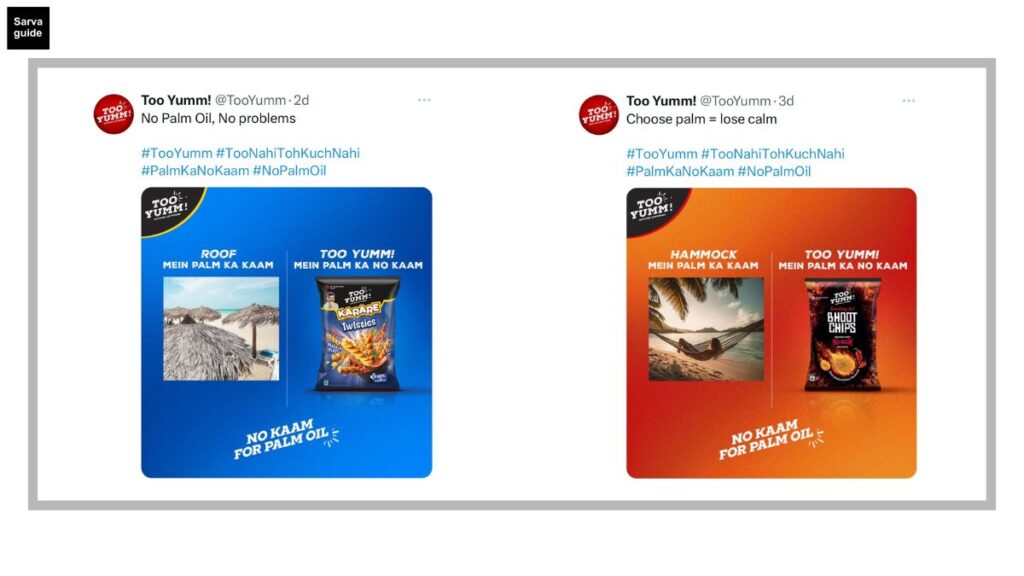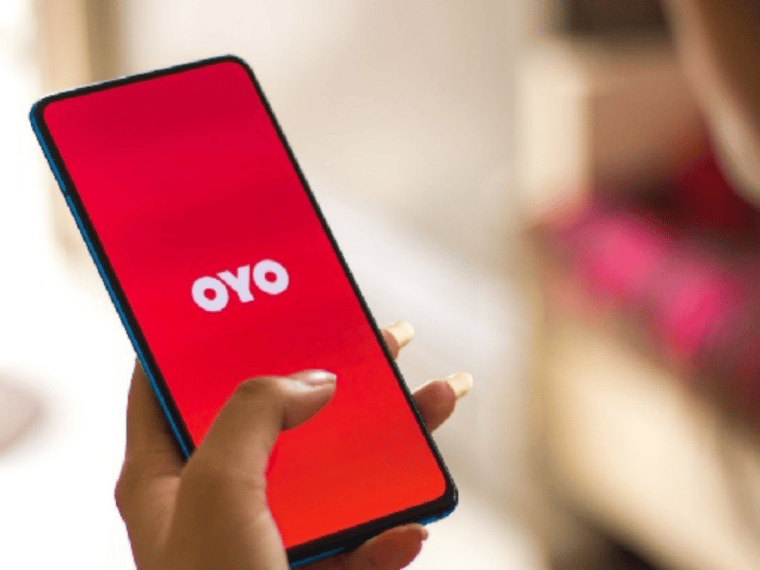|
Getting your Trinity Audio player ready...
|
Zomato Case Study 2024: A Journey from Restaurant Discovery to Food Delivery
Introduction
Zomato’s story is one of evolution. It began as a restaurant search and discovery platform, offering comprehensive details on millions of establishments across the globe. Today, it’s a leading online food delivery platform, allowing users to order food from nearby restaurants for convenient delivery. This case study explores Zomato’s journey, target audience, and the multifaceted digital marketing strategy that fuels its success.
Target Audience
Zomato targets a tech-savvy demographic – people between 18 and 35 who are comfortable using apps and smartphones. This audience encompasses both those who dine out frequently and those who prefer the ease of home delivery. Zomato caters to a diverse set of needs, including working professionals seeking lunchtime options, students in dorms, and anyone short on time or cooking facilities.
Digital Marketing Strategy – Zomato
Zomato’s digital marketing strategy is a well-oiled machine, encompassing various channels:
- Search Engine Marketing (SEM): Zomato leverages Google Ads to target relevant search terms like “food delivery” and “restaurant names,” ensuring it reaches users actively seeking food delivery options.
- Display Advertising: Display ads placed across third-party websites and apps further expand Zomato’s reach and target potential customers.
- Social Media Marketing: Highly active on platforms like Twitter, Facebook, and Instagram, Zomato fosters audience engagement through witty content, trending topics, and influencer collaborations. Zomato’s social media strategy is particularly noteworthy for its use of humour and memes, content that resonates with its target audience and generates organic reach.
- Email Marketing: Zomato’s email marketing strategy is known for its creative subject lines and targeted campaigns. They’ve successfully leveraged popular culture references and food puns to drive engagement and brand loyalty.
- Influencer Marketing: Recognizing the power of influencer marketing, Zomato collaborates with micro and macro-influencers to amplify its reach and connect with diverse audiences.
- Video Marketing: Zomato utilises short, engaging video ads on YouTube, featuring subtle calls to action that effectively promote their services.
- Collaboration Strategy: Zomato actively collaborates with the government and delivery partners to ensure smooth operations and support the well-being of its delivery network.
Conclusion
Zomato’s digital marketing strategy isn’t just impressive, it’s a symphony of digital brilliance conducted by a team of marketing rockstars. Their understanding of their target audience is so precise, it’s like they can hear their taste buds grumbling from a mile away. Their multi-channel approach isn’t just multi-channel, it’s a multi-verse of marketing madness, bombarding hungry eyeballs with delicious content on every platform imaginable. Zomato hasn’t carved a niche in the food delivery market, they’ve built a Mount Everest of culinary convenience, leaving competitors gasping for air in the thin atmosphere of irrelevance.
Also read – Adani’s Role in Nurturing Entrepreneurship in India



